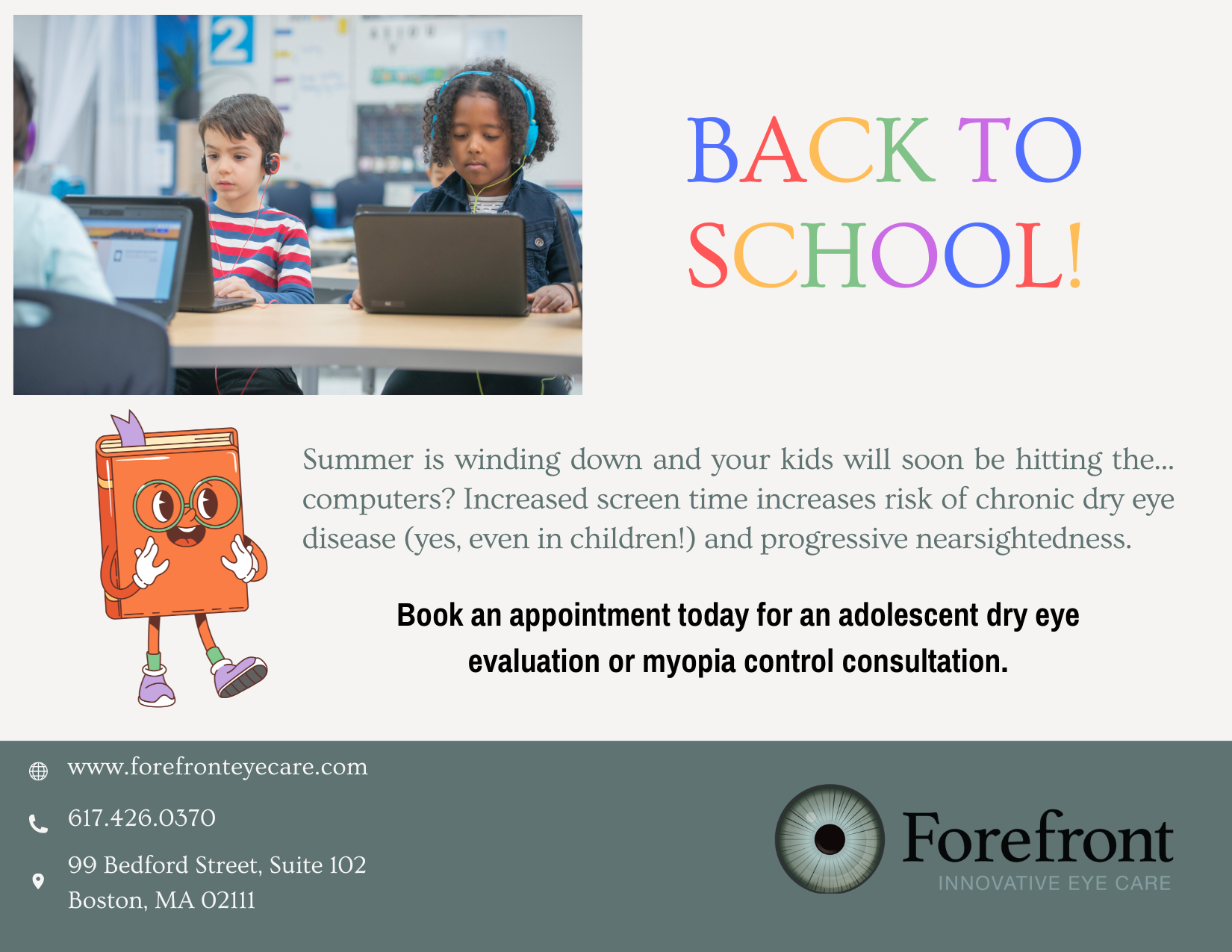Important tests for dry eye, which were developed through our partnership with Tearscience, Inc., include:
Meibography - Enables critical analysis of the structural integrity of the lipid-producing glands of the lid.
Lipiview Ocular Surface Interferometer - Captures detailed digital images of the lipid content of the tears and quantifies the blinking reflex.
Meibomian Gland Evaluator - Measures the function of the glands during normal blinking.
Other important diagnostic tests include:
Korb-Blackie Light Test - Diagnoses whether the lids are properly sealing to prevent exposure desiccation overnight.
Tests for neuropathic pain and corneal hyperalgesia - evaporative stress test, proparacaine, hypertonic solution challenges.
Diagnostic Gland Expression - Examines the quality of the meibomian secretions and helps to establish a course of treatment.
Vital dyes tear assesses the health of cells on the ocular surface and allows the doctor to visualize tear film dynamics.
Tear chemistry - osmolarity, MMP-9, IgE, tear lactoferrin.
Blood work testing for all systemic conditions and nutritional deficiencies which can contribute to dry eye including levels of omega-3 fatty acids (omegaquant).
Lifestyle choices are heavy contributors to dry eye disease. We will review how your daily activities affect your ocular surface health.
Custom Moisture Chamber Spectacles - Can provide relief from severe symptoms by enabling a high humidity microenvironment. These are also available in personalized prescriptions.
Comprehensive Eyelid Cleaning - Similar to a dental procedure, the lashes, lid margin, eyebrows, and skin of the lids are thoroughly cleaned to control Demodex infestation and blepharitis. We use the BlephEx https://blephex.com/patients/ and Zest https://www.zocular.com/learn-more.html systems for a thorough treatment. Ideal to schedule before ocular surgery or between lash extension applications.
Serum/amniotic fluid drops- Biologic therapies consist of either serum drops https://vitaltears.org/ derived from your own blood, or other types of biological tear supplements such as RegenerEyes https://www.regenereyes.com/wp-content/uploads/2023/04/White-Paper_Regener-Eyes-Ophthalmic-Solution-A-New-Therapeutic_3.26.23.pdf. These compounds can be customized and contain growth factors that might promote ocular surface healing and cellular repair, normalization of corneal nerves, and reduction of inflammation.
Amniotic membrane bandage contact lenses - these biological devices promote more rapid healing of severely compromised ocular surfaces, non-healing defects, and severe dry eye. They come in cryopreserved https://biotissue.com/prokera-for-patients/ and dehydrated tissue https://www.aao.org/eyenet/article/in-office-use-of-amniotic-membrane options.
Punctal plugs: Punctal plugs are a type of occlusion device inserted into the tear duct of an eye to limit or prevent drainage of tears through the nose. They work by increasing the volume of tears present on the ocular surfaces. https://www.aao.org/eye-health/diseases/punctal-plug










